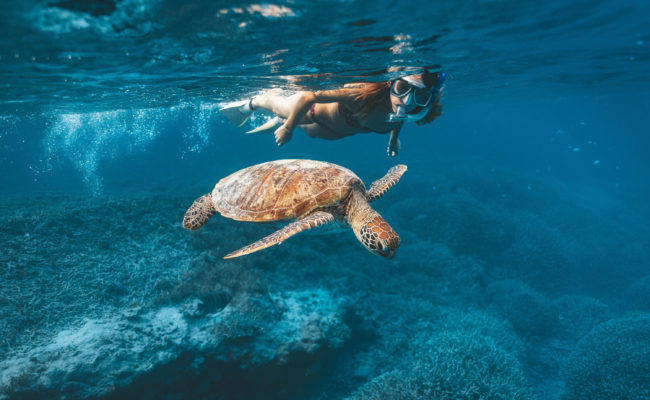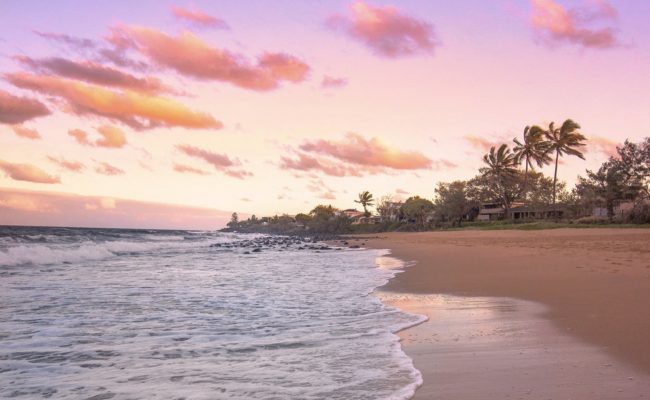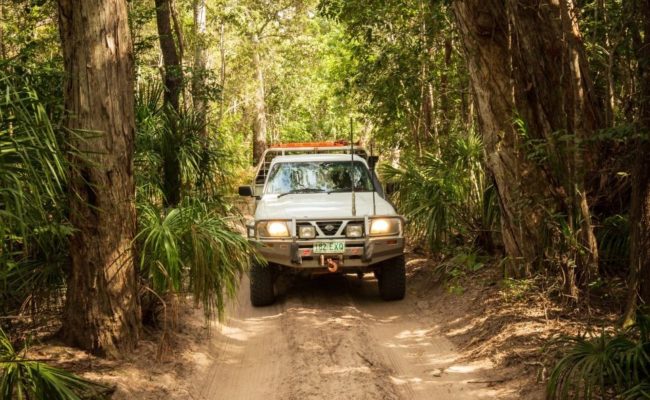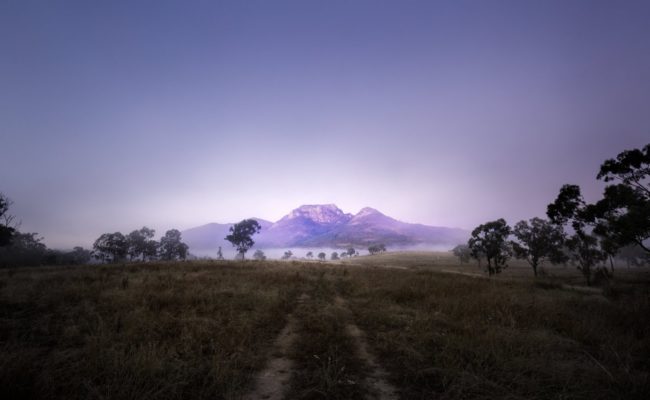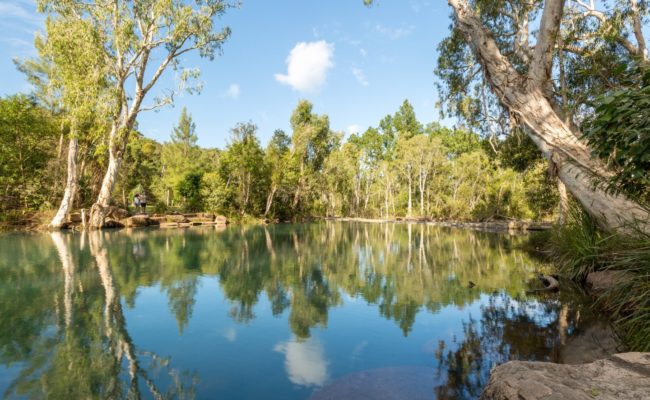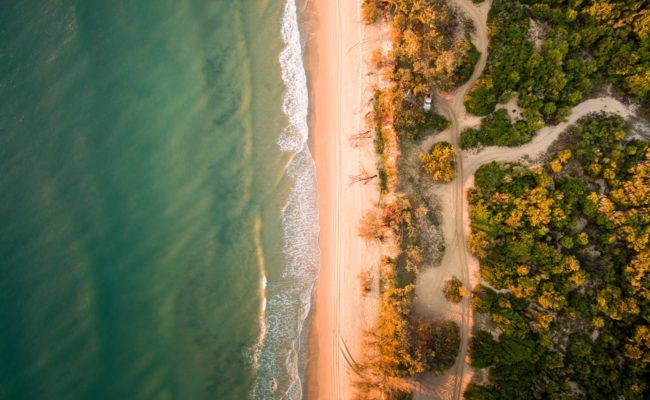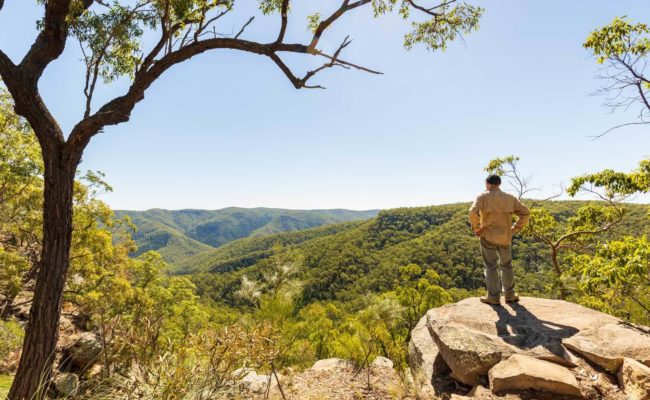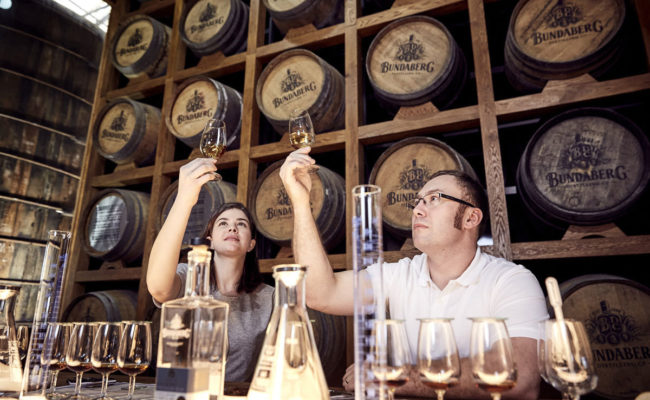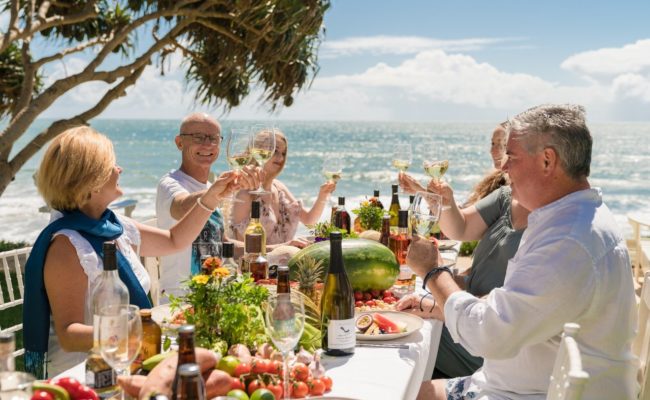Matt Williams is a Brisbane based landscape photographer with an impressive portfolio. Below he shares his story of visiting Blackdown Tablelands, one of Queensland's most spectacular and popular natural features.
Located just 200km to the west of Rockhampton via the Capricorn Highway stands Blackdown Tableland National Park. Now, I say 'stands', as the sandstone
escarpment rises spectacularly from the surrounding plains.
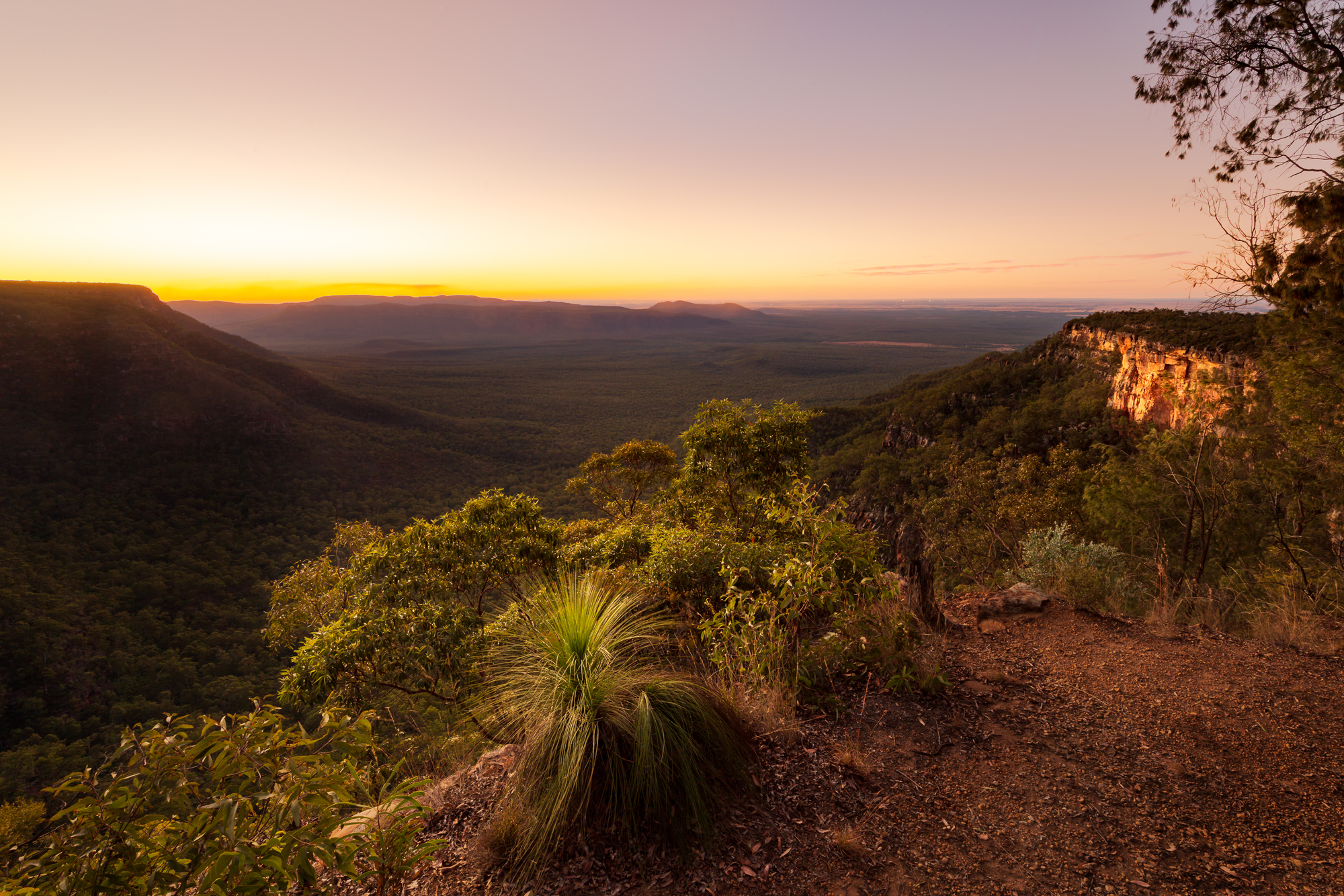
A sealed road leads to the top of the tableland and the park information shelter, with the final 6km steep and twisting ascent making this journey unsuitable for large trailers and caravans.Past the information shelter, the roads become unsealed and incredibly slippery thanks to the infamous 'Blackdown Pea Gravel.' Well, that's what I called it. Think of red ball bearings and you get the picture pretty quickly.
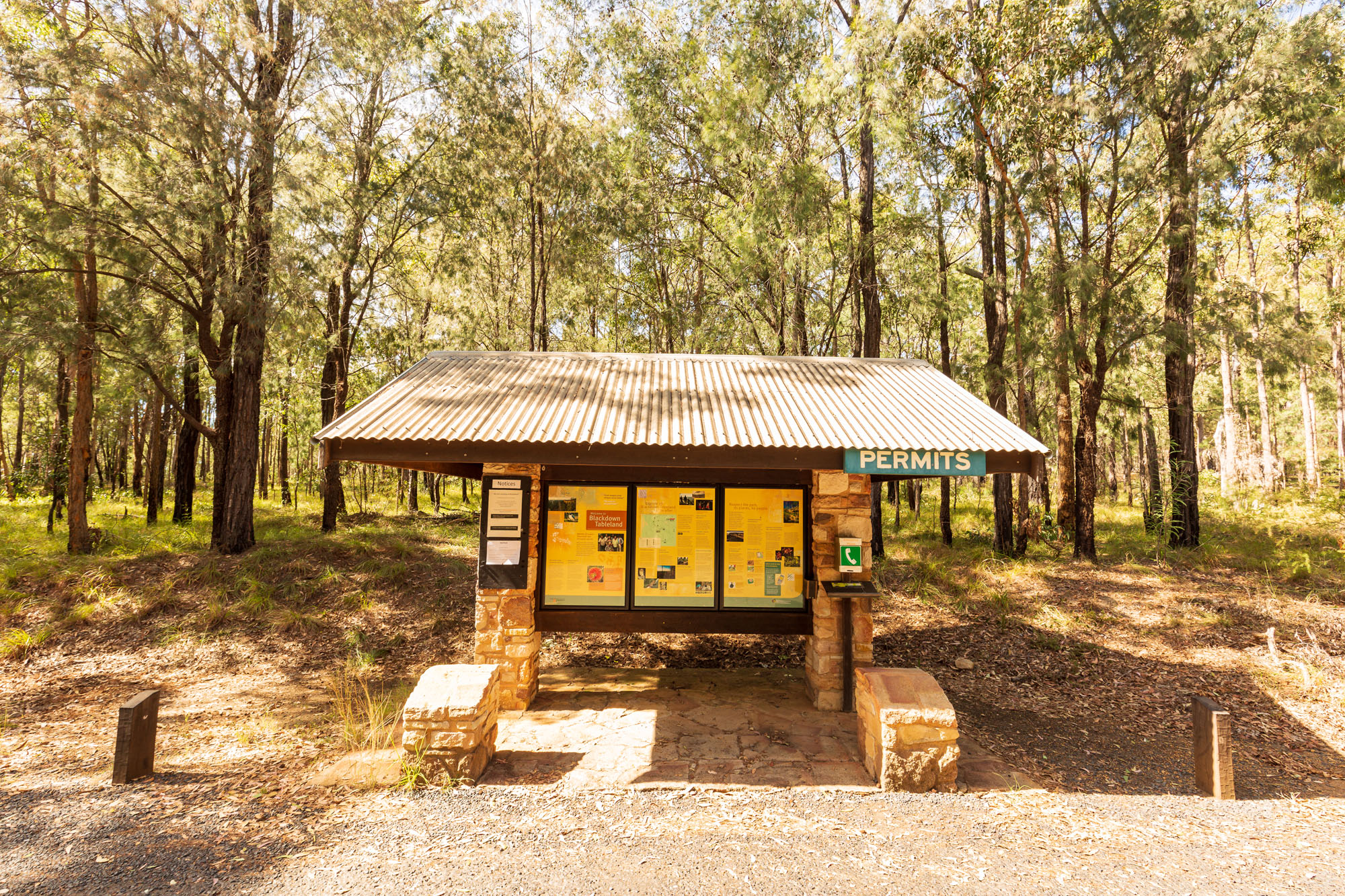
The hardest part about visiting Blackdown Tableland National Park, is working out what to do first.There really is a great number of activities to keep you occupied within the park. Due to the fact that I love my photography, and I don't mind getting up early either, a lot of my planning was based around sunrise and sunset, and the best places to be at either end of the day. This sometimes meant walking to or from lookouts in the dark, with only the beam of my head torch to light the way.
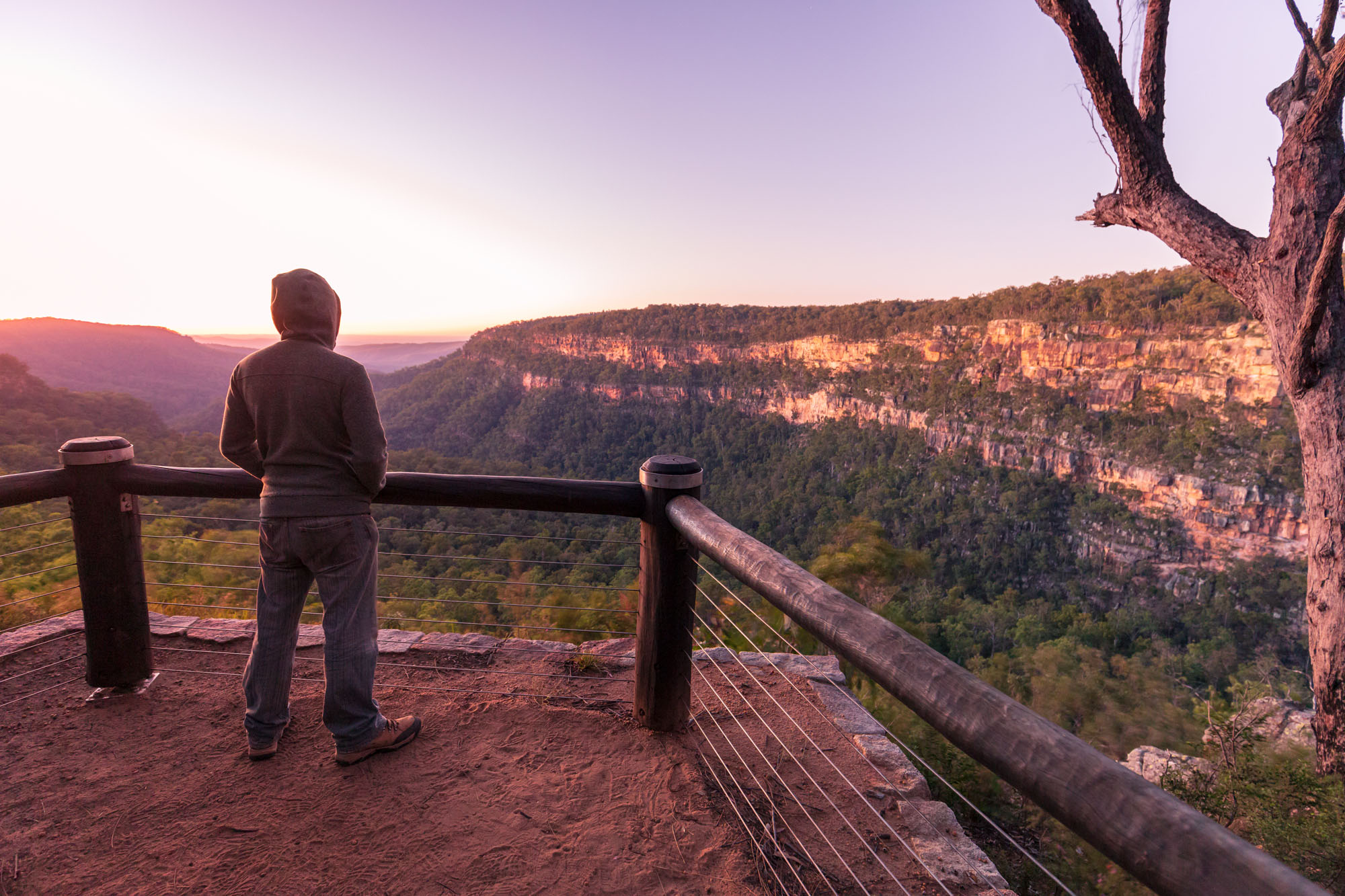
Without further ado, here are my top tips for your visit, and when best to tackle them:
Plan to stay a minimum of two nights.Longer if you can afford the time.This will allow you time to cross off all the big ticket items. Munall Campground
provides you with individual campsites, each with their own fireplace. There are also two composting toilets for your convenience.
After setting up camp, and if you made the trek in a 4WD, head south from the campground and follow the signs to the 4WD Loop Track. In the dry, this track doesn't provide many challenges with only a couple of steep, rocky climbs. However, it would be totally different story in the wet. The track takes you to Mithu Boongulla, where you can stop and look out over the surrounding plains and sandstone outcrops. Keep an eye out for wedge-tail eagles following the thermals and updrafts along the escarpment.
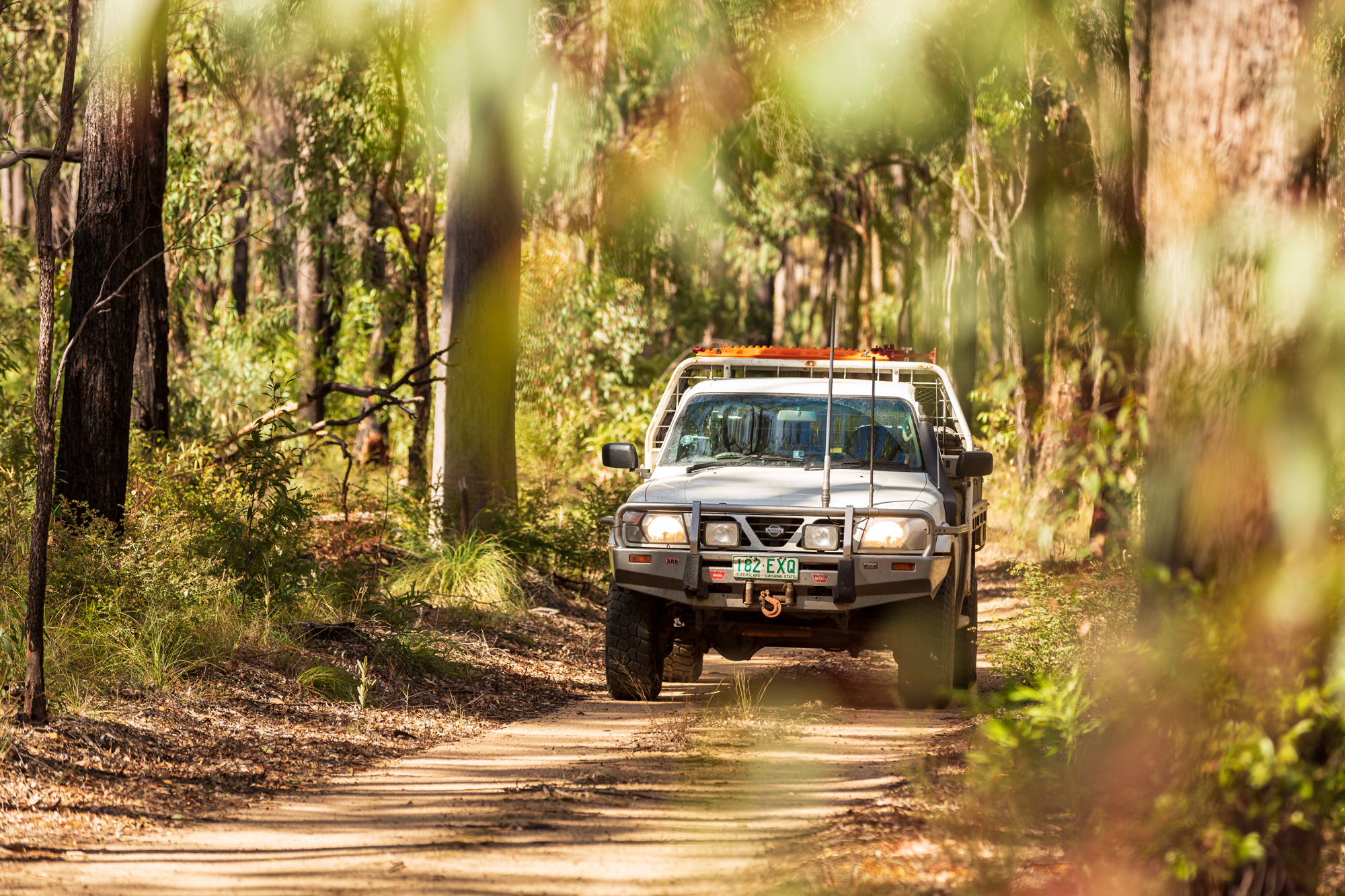
For a great view at sunset, take the very short walk to the lookout at Yaddamen Dhina. There's also gas BBQ's and toilets at the day use area.
For those that don't mind that early start I mentioned earlier, set the alarm and charge your torch batteries for the pre-dawn walk to Mook Mook, where you can watch the sunrise and listen to the park come to life. The walk leaves from opposite the campground and crosses Mimosa Creek on the way to the edge of the tableland. If you did do the walk in the dark, you get to experience the beauty of the creek and numerous sandstone outcrops that line the track.
After a quick stop back at camp for breakfast to refuel your body, it's back in the 4WD for the 8km drive to the carpark at the start of the Gudda Gumoo Gorge and Lookout Tracks. The walk to the lookout is 3.6km return, and to the gorge and waterfall is 4km return. Only thing is, that extra 200m to the end of the gorge track is down 240 steps. Needless to say, you will be so happy you put in that extra effort of going down the stairs, and then going back up them, by what you find at the bottom. I'm not going to say too much here, you really have to go and see it for yourself!
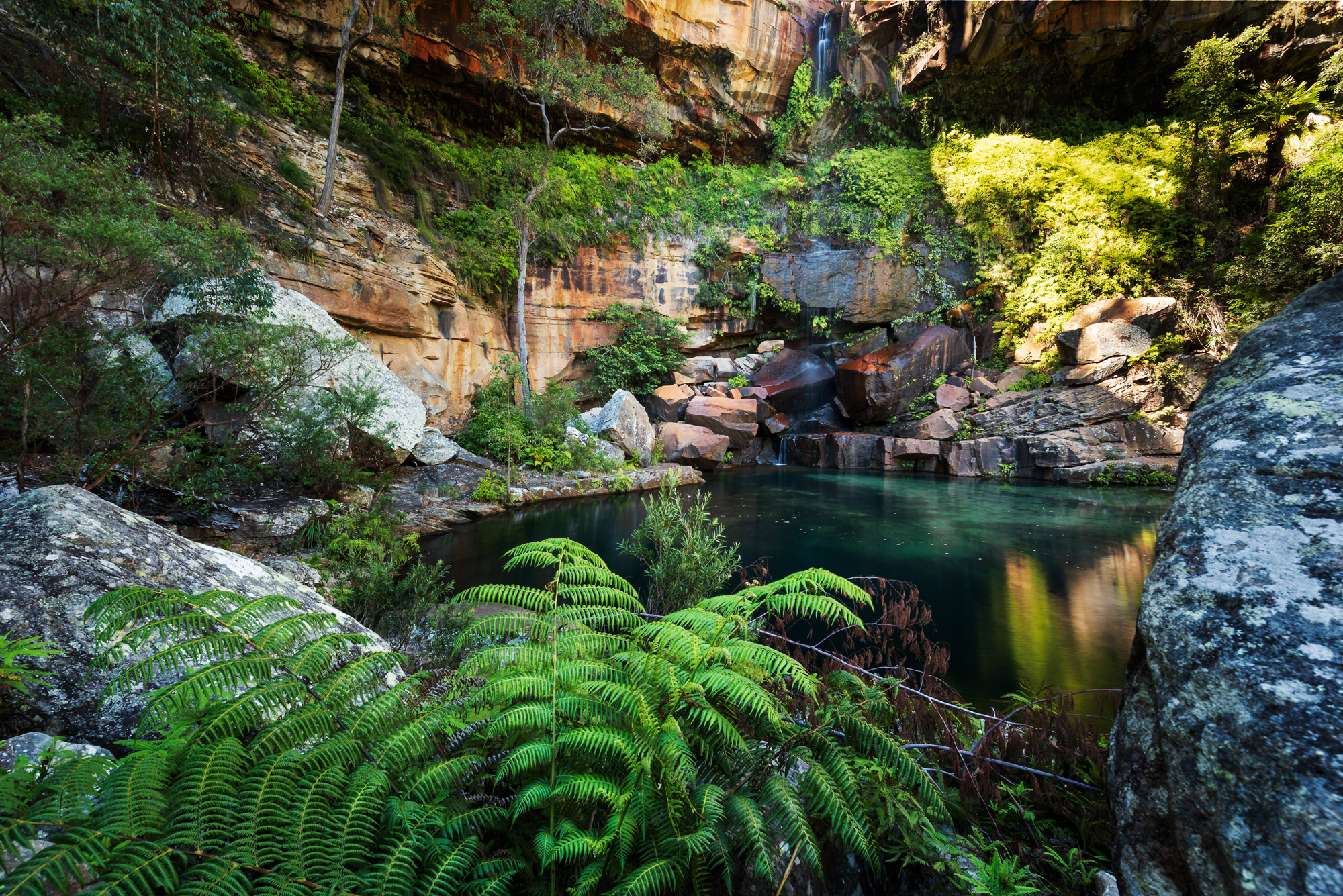
No doubt, after all this effort your appetite will be bordering on ravenous, so it's back to camp for a spot of lunch and a relax. Kick back and watch the numerous birds flit through the trees. Currawongs, king parrots and kookaburras are the main varieties, with cockatoos and willy wagtails also adding to the mix.
Your final bush walk fo the day, Goon Goon Dhina, starts from the campground. This 2.5km circuit track winds its way along Mimosa Creek, past early settler ruins, interpretive signage and finally the Ghungalu Aboriginal Art Site. A massive sandstone wall and overhang have protected the artwork at the base of the rock.
So, there you have it. A couple of days well spent exploring this seriously impressive location.
Matt Williams was a guest of the Southern Great Barrier Reef
